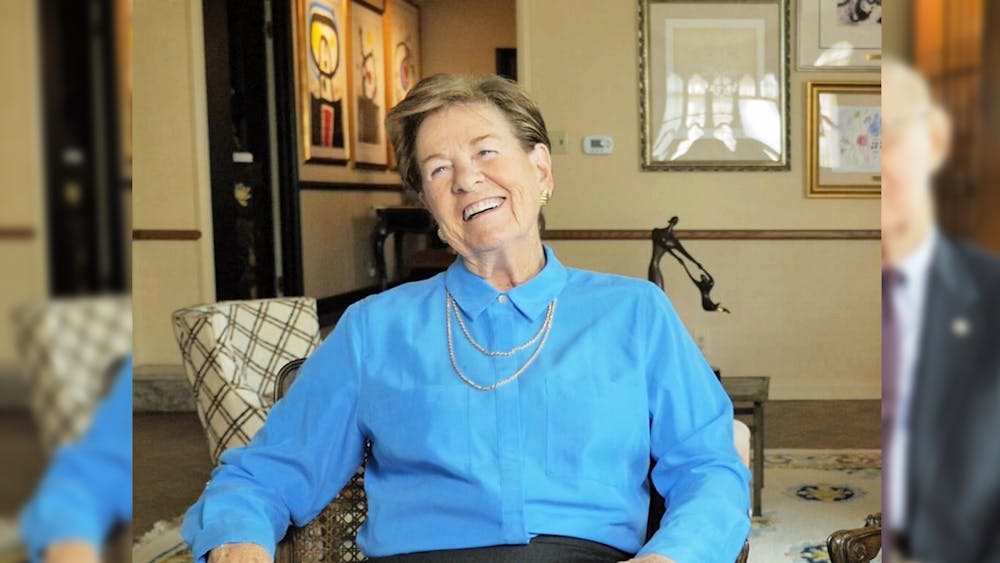NEW YORK – It started with a clogged dust mask that fell onto the desk of Jan Ramirez on the afternoon of Sept. 11, 2001. A friend had used the paper mask to breathe while fleeing downtown Manhattan as the air was filled with grit and smoke from the World Trade Center towers.\n“That dust mask is going to be an important artifact some day,” Ramirez recalled the friend telling her.\nToday, the mask has become a museum piece, one small part of the largest records trove ever assembled to document a single event.\nMillions of pieces of paper documenting government investigations, BlackBerry messages written by survivors as they fled, children’s finger-paintings and family photographs are also part of the archive, preserved in many different places including state offices, museums and on the Internet.\nSaving all things Sept. 11 was a mission embraced from the time of the attacks by professional archivists and grass-roots collectors.\n“Pearl Harbor, there are only so many pictures of,” said Nancy Shader, regional administrator in New York for the National Archives. “This, as we know, was captured in so many ways.”\nArchivists immediately set out to compile the most complete picture ever of one historic event, and they are already planning for decades ahead. They shared data with museum officials and individual collectors at a symposium last month.\n“Our goal is to make sure we all know who’s got what stuff,” said Kathleen Roe, a New York state archivist who is storing more than 1,000 boxes of government records – such as the 9/11 Commission report – in boxes in Albany.\nRoe said she and other major archivists met in New York two weeks after the terrorist attack to ensure that no piece of paper was discarded. \nMary Fetchet saved a 43-second telephone message left on the morning of the attacks by her son, Brad, who later died in the south tower. Brad Fetchet, 24, called his mother after the first hijacked airliner struck but before the second plane crashed into his building.\n“We’re fine, we’re in World Trade Center Two. I’m obviously alive and well over here, but obviously a pretty scary experience,” Fetchet told his mother.\nMary Fetchet, founding director of the Voices of September 11th family group, says: “I want people 100 years from now to be able to listen to that message.”\nThe organization, with several thousand members, is dispensing advice to family members on preserving audio recordings, videotapes and photographs of their loved ones, as well as important papers, including condolence letters from the president.\nThe group is developing an Internet archive she calls a “living memorial” that will eventually hold commemorative information about all the 2,973 victims, as well as survivors and rescuers. So far, it has Web pages that pay tribute to about 300 victims.\nTom Scheinfeldt, a history professor at George Mason University, is one of the coordinators of the September 11 Digital Archive, which stores 150,000 items including paper, audio and photographs relating to the attacks.\nIncluded in that archive are e-mails from survivors who typed as they fled the towers, and the heart-rate monitor readout of a jogger who was crossing the Brooklyn Bridge when he saw one plane crash into the north tower, causing his heart rate to spike.\nMichael Ragsdale, a Columbia University senior technician, roamed the city for more than a year collecting thousands of pages of “ephemera” such as fliers advertising anti-terrorism rallies, blood drives and other public announcements.\n“I stayed away from the grief,” he said. “I stayed away from the violence on purpose.”\nRamirez – who was at the New-York Historical Society when she received her friend’s dust mask and now is the curator of the planned Sept. 11 museum – said the collapse of the twin towers may have inspired people to save even the smallest remnants of that day.\n“There’s a preciousness that comes attached to anything left concrete from this event,” she said. “I think people seem to feel that it was sort of almost this sacred stewardship they have taken on in holding this material.”
Archivists work to preserve 9/11 papers, photos, video in New York
Get stories like this in your inbox
Subscribe





